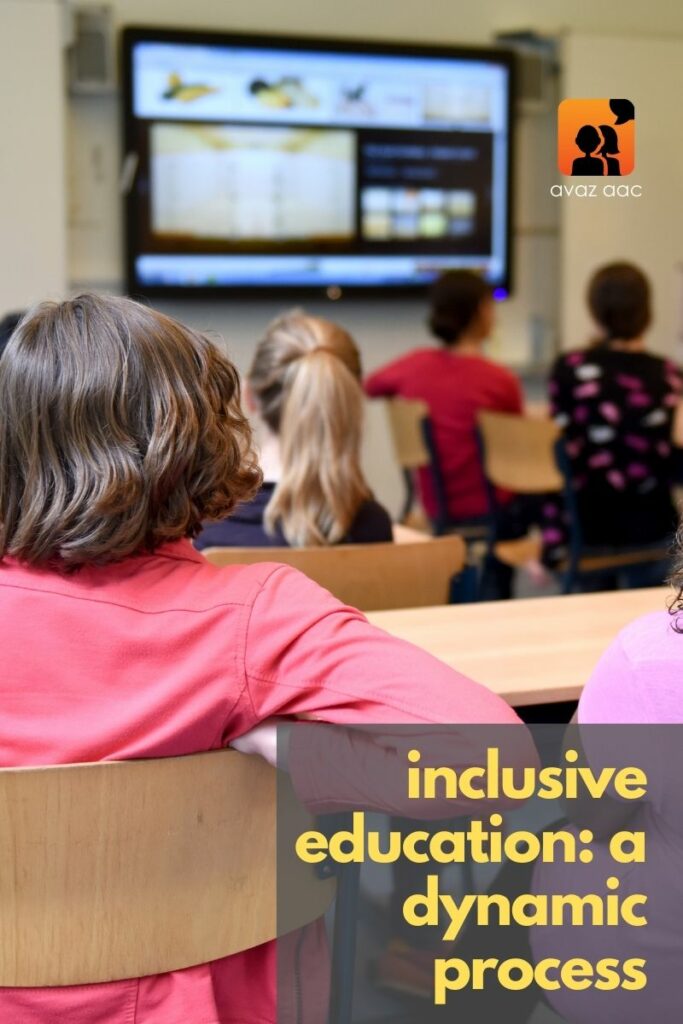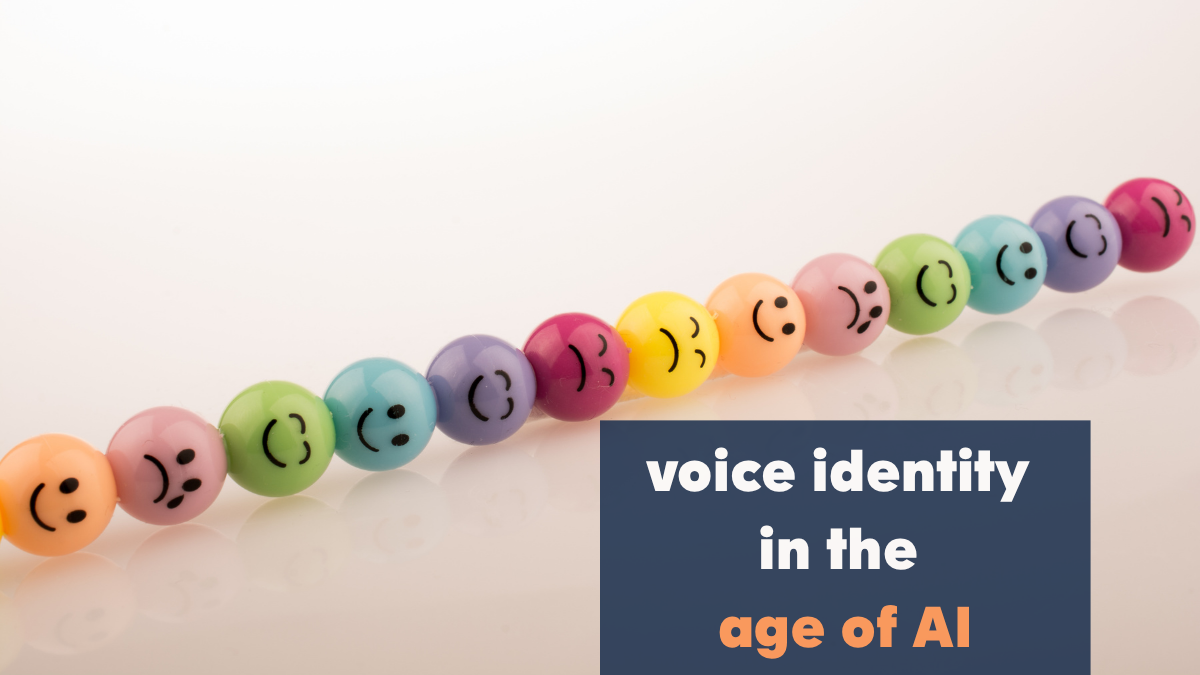Educational institutions are working hard to make the system, curriculum, and classrooms more and more inclusive. The advent of assistive technologies (AT) has opened the doors to possibilities that we haven’t explored in the past. This article talks about how making education inclusive is a dynamic process. A blend of frameworks allows us to achieve this. That said, can a paradigm shift in how we introduce AT like AAC in classrooms help us better realize inclusive classrooms?


Inclusive Education Frameworks
With education becoming more inclusive, more and more educational institutions are trying to adopt inclusive education frameworks. These include frameworks like Universal Design for Learning (UDL) and Multi-Tiered System of Support (MTSS). It is important that as stakeholders, we are all aware about what these frameworks are. How we approach these frameworks is also equally important.
UDL vs MTSS
The Universal Design for Learning (UDL) approach aims to minimize barriers for diverse learners. It also attempts to maximize learning opportunities for them. UDL focuses on the instruction and curriculum.
Multi-Tiered System of Support (MTSS) is a framework that works on adding interventions and supports over the base layer. This base layer comprises of high quality, evidence-based curriculum.
There are typically three tiers of support in an MTSS model.
Tier 1
This tier sees high-quality universal instruction and support made available classroom-wide for all students.
Tier 2
Here targeted support is provided in a strategic manner to address a student’s gaps in skills.
Tier 3
Intensive support is provided more often, typically to smaller groups in Tier 3.
A blended approach (UDL + MTSS)
UDL is a dynamic and continuously evolving process. MTSS can be used along with UDL to improve instructions and interventions.
Let’s consider an example. You design an instruction for a classroom using UDL. A new nonverbal student enrolls in that classroom. The content may not be entirely accessible if Augmentative and Alternative Communication (AAC) assistance was not considered while developing the curriculum. Revising the instruction to include appropriate Assistive Technology can happen in a dynamic UDL approach. Here, Tier-2 and Tier-3 supports can act as support to the UDL approach by making it more robust.
In this context, let us talk about an interesting article on “The Specific Language System First Approach to AAC” by Christopher R. Bugaj. The article talks about the adoption of a Specific Language System First Approach. This approach envisions a future where language learning happens through a robust language system. It occurs in a supportive learning environment which is the norm, rather than the exception.
What does this mean?
The article discusses technological advancements like the touch screen, speech to text, text to speech, word prediction etc. It throws light on how these technologies initially emerged to support a disability. Invented for accessibility, these eventually became available to the masses without any initial assessment. Computers, tablets, and phones are now the default ways through which we interact.
This article suggests extending this approach to AAC devices as well. It discusses the pros and cons of making AAC devices available to everyone in educational settings without an initial evaluation.
AAC Without Assessment: Pros & Cons
According to Bugaj, making AAC available without an initial assessment has these potential pros:
- Reducing the waiting time due to assessments for the child.
- Reducing the time spent on assessment for the SLPs.
- Implementing this will require a single system to be followed by an entire school district. This in turn can make the transition smoother between schools for the children as well as the educators and SLPs.
- Using a single system can ease the learning curve, allowing efficient and better modeling.
Bugaj also asks us to consider the following cons of this approach:
- The same system might not suit every child.
- An assessment might have provided a different system, one more suited for a particular child’s needs.
The article opens up some intriguing questions for sure. The one main advantage of this approach is the ease of integrating AAC systems into mainstream education and curriculum. For that matter, we could look at all other assistive technologies with this approach. It may become more intuitive for educators to implement them in their classrooms. Such an approach could take us closer to realizing the possibilities held by inclusive classrooms.
Final Word
A dynamic approach of consciously taking feedback from a Multi-Tiered System of Support framework can prove to be very beneficial.
A blended approach of giving children supports like AT & AAC systems by default can provide even more benefits. Assessments can happen only for those children who seem to struggle after this. In turn, the load on initial assessments would reduce. Additionally, it would also save time for a considerable number of children for whom the primary system worked.
And there is also a possibility that these systems can actually become something that makes everyone’s interactions more efficient. If we think about it, our life before emojis wasn’t this interesting 😉



